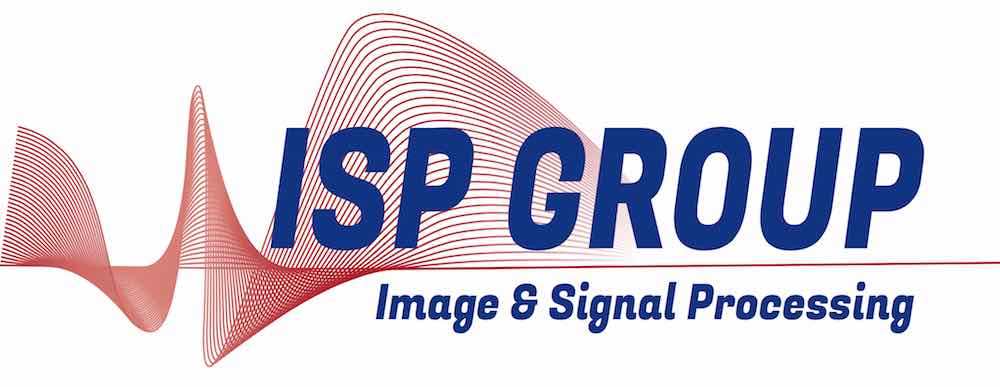Shannon Seminar Room, Place du Levant 3, Maxwell Building, 1st floor -- Thursday, 24 September 2015 at 14:00 (45 min.)
{
"name":"Compressive Classification: A Guided Tour",
"description":"The mature concept of compressed sensing (CS) is being transferred to the application level as a means to save the physical resources spent in the analog-to-digital interface of challenging signal and image acquisition tasks, i.e., when the underlying sensing process requires a critical amount of time, power, sensor area and cost. For most structured signals, this method amounts to applying a dimensionality-reducing random matrix followed by an accurate, yet computationally expensive recovery algorithm that is capable of producing full-resolution signal recoveries from such low-dimensional measurements.",
"startDate":"2015-09-24",
"endDate":"2015-09-24",
"startTime":"14:00",
"endTime":"14:45",
"location":"Shannon Seminar Room, Place du Levant 3, Maxwell Building, 1st floor",
"label":"Add to my Calendar",
"options":[
"Apple",
"Google",
"iCal",
"Microsoft365",
"MicrosoftTeams",
"Outlook.com"
],
"timeZone":"Europe/Berlin",
"trigger":"click",
"inline":true,
"listStyle":"modal",
"iCalFileName":"Seminar-Reminder"
}
The mature concept of compressed sensing (CS) is being transferred to the application level as a means to save the physical resources spent in the analog-to-digital interface of challenging signal and image acquisition tasks, i.e., when the underlying sensing process requires a critical amount of time, power, sensor area and cost. For most structured signals, this method amounts to applying a dimensionality-reducing random matrix followed by an accurate, yet computationally expensive recovery algorithm that is capable of producing full-resolution signal recoveries from such low-dimensional measurements.
